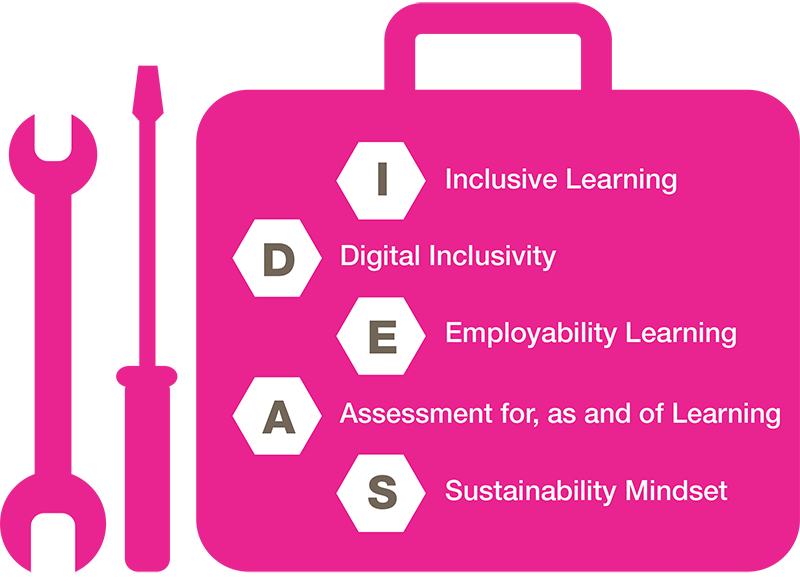Bird, J. (1996) Black Students and Higher Education: Rhetoric and Realities. Buckingham: SRHE.
Haggis, T. (2006) Pedagogies for diversity: retaining critical challenge amidst fears of ‘dumbing down’. Studies in Higher Education, 31(5), pp.521–535.
Hockings, C. (2010) Inclusive learning and teaching in higher education: a synthesis of research. York: Higher Education Academy.
Hockings, C., Cooke, S., and Bowl, M. (2010) Learning and teaching in two universities within the context of increasing student diversity: complexity, contradictions and challenges. in David, M. (ed.) Improving learning by widening participation. London: Routledge
Knight, P. T. and Yorke, M. (2003) Assessment, learning and employability. Buckingham: Society for Research into Higher Education & Open University Press.
Land, R., Cousin, G., Meyer, J. H. F. and Davies, P. (2005) Threshold concepts and troublesome knowledge (3): implications for course design and evaluation. in Rust, C. (ed.) Improving Student Learning 12 - Diversity and Inclusivity. Oxford Oxford Brookes University, pp.53-64.
Lefever, R. (2012) Exploring Student Understandings of Belonging on Campus. Journal of Applied Research in Higher Education 4:2, pp.126-141.
May, H. and Bridger, K. (2010) Developing and embedding inclusive policy and practice in higher education. York: Higher Education Academy.
Mbembe, A.J. (2016) Decolonizing the University: New Directions. Arts and Humanities in Higher Education 15:1, pp.29-45.
Northedge, A. (2003) Rethinking teaching in the context of diversity. Teaching in Higher Education, 8(1), pp.17-32.
Richardson, J., T. E. (2008) The attainment of ethnic minority students in UK higher education. Studies in Higher Education, 33(1), pp.33-48.
Warren, D. (2002) Curriculum design in a context of widening participation in higher education. Arts and Humanities in Higher Education 1, pp.85-99.

